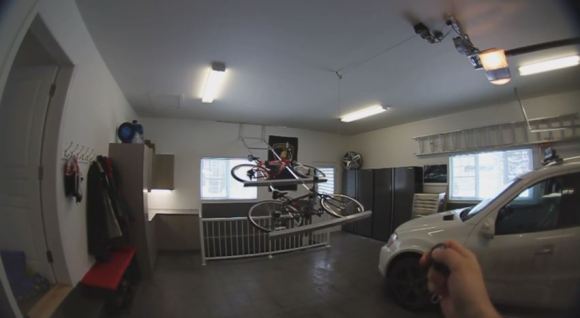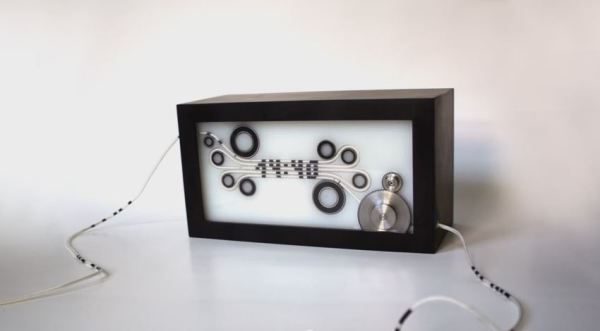
For many of our parents, grandparents, and great grandparents, the things we consider hacking, making, and doing weren’t just for fun. They were important skills that could help one survive. This week [Dino] shows us something his dad taught him: waterproof fire starters. The trick is paraffin wax. [Dino] starts by melting down some wax in a pot. He then dips strips of newspaper in the liquid wax. Several strike anywhere matches also get the wax treatment, are then placed on the newspaper. The newspaper and matches are rolled up into a tight bundle, which is itself dipped in wax several times.
The resulting small bundle of waxed newspaper and matches is safe and easy to carry in pocket or backpack. It also becomes the perfect wet fire starter. The “newspaper shell” is torn off into strips of waxed paper, which burns slowly and allows the tinder and wood to catch. [Dino] demonstrates his pioneering skills by starting a fire at the end of the video. When the inevitable zombie apocalypse hits, we definitely want [Dino] at the Hackaday compound.

















